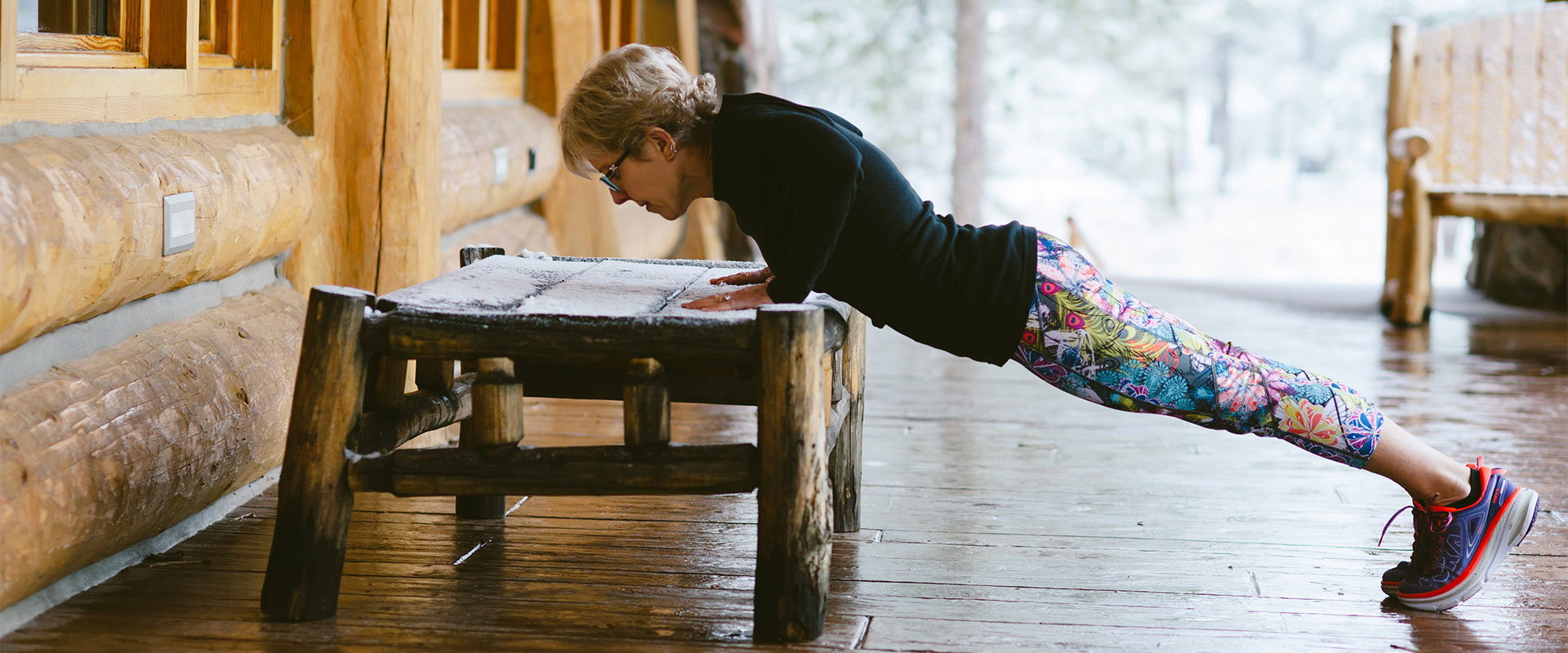 Form is so important when running whether you are a new runner or a seasoned one. So many runners are wasting their energy with poor form or they get injured. Maximizing your run by adjusting the body to proper running form really isn’t as tough as you may think. Who wants plantar or shin splints due to poor form? Not me and I’m sure you don’t either.
Form is so important when running whether you are a new runner or a seasoned one. So many runners are wasting their energy with poor form or they get injured. Maximizing your run by adjusting the body to proper running form really isn’t as tough as you may think. Who wants plantar or shin splints due to poor form? Not me and I’m sure you don’t either.
With these 7 tips I recommend you concentrate on one at a time until you feel you have that pretty well mastered. We all fall back into poor form when we get tired so it will have to be a constant reminder so don’t be too hard on yourself.
1. Relax your shoulders
Have you ever notices after a run that your shoulders are killing you? That’s due to raising them up toward your ears and tightening the muscles. Think about relaxing, push them down and your chest out.
2. Look straight ahead
By keeping your focus straight ahead on the horizon will prevent you from having your chin too close to your chest. This will help to not restrict airflow but will also help to keep you properly aligned. This is especially important when running uphill. By looking ahead you will be more likely to stand up straight and not be slumped over.
3. Arm and Hands
You arms should be bent at the elbows and at about a 90-degree angle with hands relaxed. You don’t want to cross too far over the front of you, your elbows should swing somewhere between your chest and waistline—no higher or lower and let them have a natural swing. What do I mean by that, think of a straight line down the center of your body and don’t let your hands/arms cross that line while staying between your chest and waistline.
4. Stride
When walking we land on our heel then roll towards the toe. This is not how you should run. The heel does not have enough cushioning to absorb the impact and you are pretty much putting on the brakes. Instead think about landing mid-foot and roll toward the toes. You foot should land directly under you. By shortening your stride you will be less likely to land on your heel. It is far better to have your stride too short than to big, but find a stride length that is comfortable, natural and almost effortless.
5. Engage your core
By doing core strengthening with sit up, planks and leg lifts as part of your cross training will help to decree lower back pain. When running, think about engaging your core by pulling your tummy in so it will support your back. The core is the “back bone” to keeping proper form.
6. Self check
By checking your form at different parts of your run will help reduce injury and fatigue. Are your shoulders down away from your ears? Where are you looking, down or ahead? Are you arms and hands relaxed? Have you shortened your stride so you don’t heel strike? And is your core engaged? Especially think about these things when you are close to finishing and you’re more tired.
I have other great tips under running on my blog. And don’t forget to sign up for a free ebook as my gift to you.
Happy Running!!
